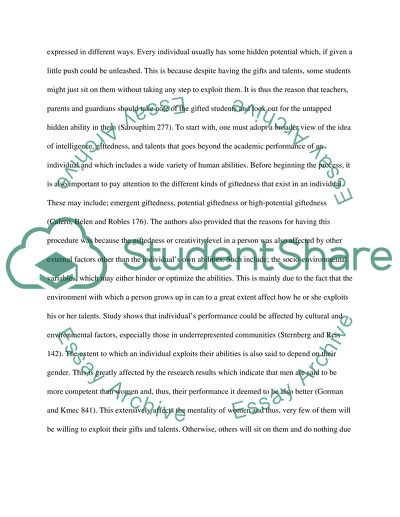Cite this document
(“Performance Assessment and Gifted Students Essay”, n.d.)
Performance Assessment and Gifted Students Essay. Retrieved from https://studentshare.org/education/1455715-performance-assessment-and-gifted-students
Performance Assessment and Gifted Students Essay. Retrieved from https://studentshare.org/education/1455715-performance-assessment-and-gifted-students
(Performance Assessment and Gifted Students Essay)
Performance Assessment and Gifted Students Essay. https://studentshare.org/education/1455715-performance-assessment-and-gifted-students.
Performance Assessment and Gifted Students Essay. https://studentshare.org/education/1455715-performance-assessment-and-gifted-students.
“Performance Assessment and Gifted Students Essay”, n.d. https://studentshare.org/education/1455715-performance-assessment-and-gifted-students.


